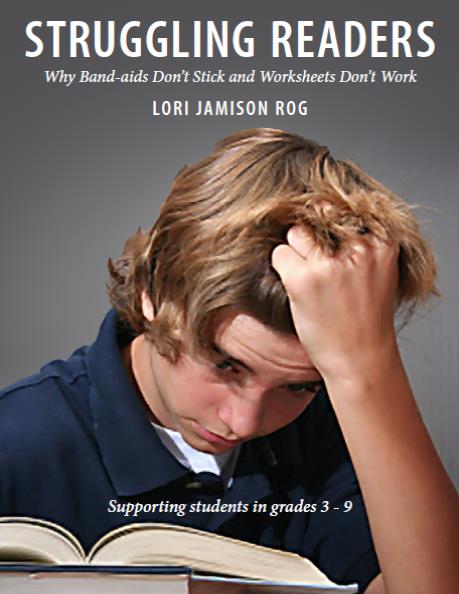USING STICKY NOTES TO TRACK THINKING WHEN READING
JOT SPOTS are points in a text that interest, intrigue, confuse, enlighten, annoy or otherwise capture a reader’s attention. Readers use sticky notes to flag places of interest during reading for discussion with others after reading.
Your students may grumble, but using sticky notes to track thinking really does help them interact with and make meaning from a text. Sticky note reading helps build readers who are active participants in the reading process.
Some tips for teaching students to track jot spots in their reading:
- Teach the process. Model and think aloud as you show students how you tab jot spots and your reasons for them.
- Introduce a few different jot spots at a time, gradually increasing your students’ repertoire of ways to annotate their reading.
- Provide opportunities for guided practice with read-alouds or shared reading. Pause regularly to invite students to share their thinking with a partner.
- Set parameters for how many jot spots students should tab – one or two per page will encourage reflective reading without interfering with the gist of the text.
- After reading, allow time for students to discuss their jot spots with partners.
- If you need some kind of product for evaluation/assessment, have students select 4 or 5 of their sticky notes, record the page on which they were tabbed and affix them to a sheet of paper, along with an explanation for the readers’ thinking.
20 PLACES TO USE JOT SPOTS
- A point where you paused reading for any reason
- A place you want/need to reread for any reason
- A connection to your own personal experience
- A connection to something else you’ve read
- Something you agree or disagree with
- Something you don’t like
- Something you don’t understand
- Something important – a key idea
- A place where you had to draw an inference
- An interesting word or phrase
- A place you wondered something
- A clue or other explanation of a tricky word or idea
- Aha! A point at which your thinking changed
- A point at which you made a prediction
- A point at which your prediction was confirmed or changed
- A point at which you learned something about a character
- A point at which you got a visual or other sensory image
- Some particularly vivid description
- Some dull writing or unnecessary description
- Can we talk? A point you’d like to discuss with others later
Be prepared to discuss your jot spots after reading and explain to others why you marked a passage as you did.


